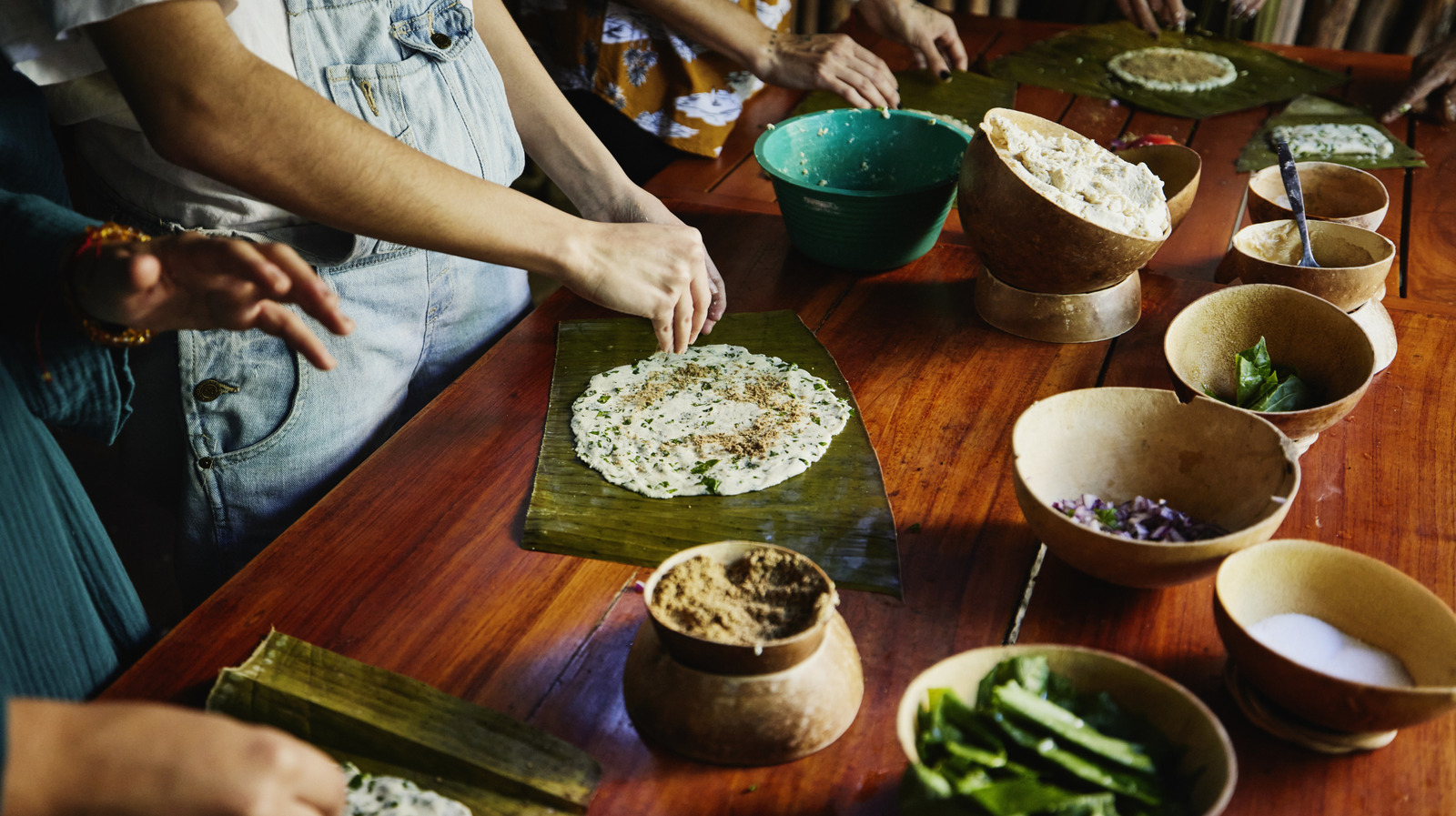
"Mexico's culinary identity is beautifully complex, shaped more by culture and ingredients than strict geography. Every region feels like a different country, each with its own traditions, flavors, and techniques."
"Recipes carry memory, pride, and love, and passing them down is an act of preservation and honor. Every time we make a dish from our childhood, we're reconnecting with our roots."
"Some traditional ingredients like amaranth, wild herbs, or endemic chiles are disappearing due to climate change, and many pre-Hispanic recipes are lost simply due to changing diets."
"Oaxaca, set in southwestern Mexico, has a varied landscape and Zapotec and Mixtec cultural roots, which, when combined with the influence of Spanish colonization, have conspired to make Oaxaca a hotbed of culinary delights."
Mexican cuisine is renowned for its vibrant flavors shaped by geography, tradition, and colonization. The complexity of Mexico's culinary identity is influenced by the diverse cultures and ingredients from different regions. Family plays a crucial role in passing down recipes, often taught through observation rather than written documentation. Traditional recipes carry emotional significance, connecting individuals to their roots. However, traditional ingredients face threats due to climate change and evolving eating habits, which endangers the preservation of pre-Hispanic culinary heritage. Oaxaca exemplifies this diversity, boasting rich cultural culinary influences from various indigenous peoples and colonial history.
Read at Tasting Table
Unable to calculate read time
Collection
[
|
...
]